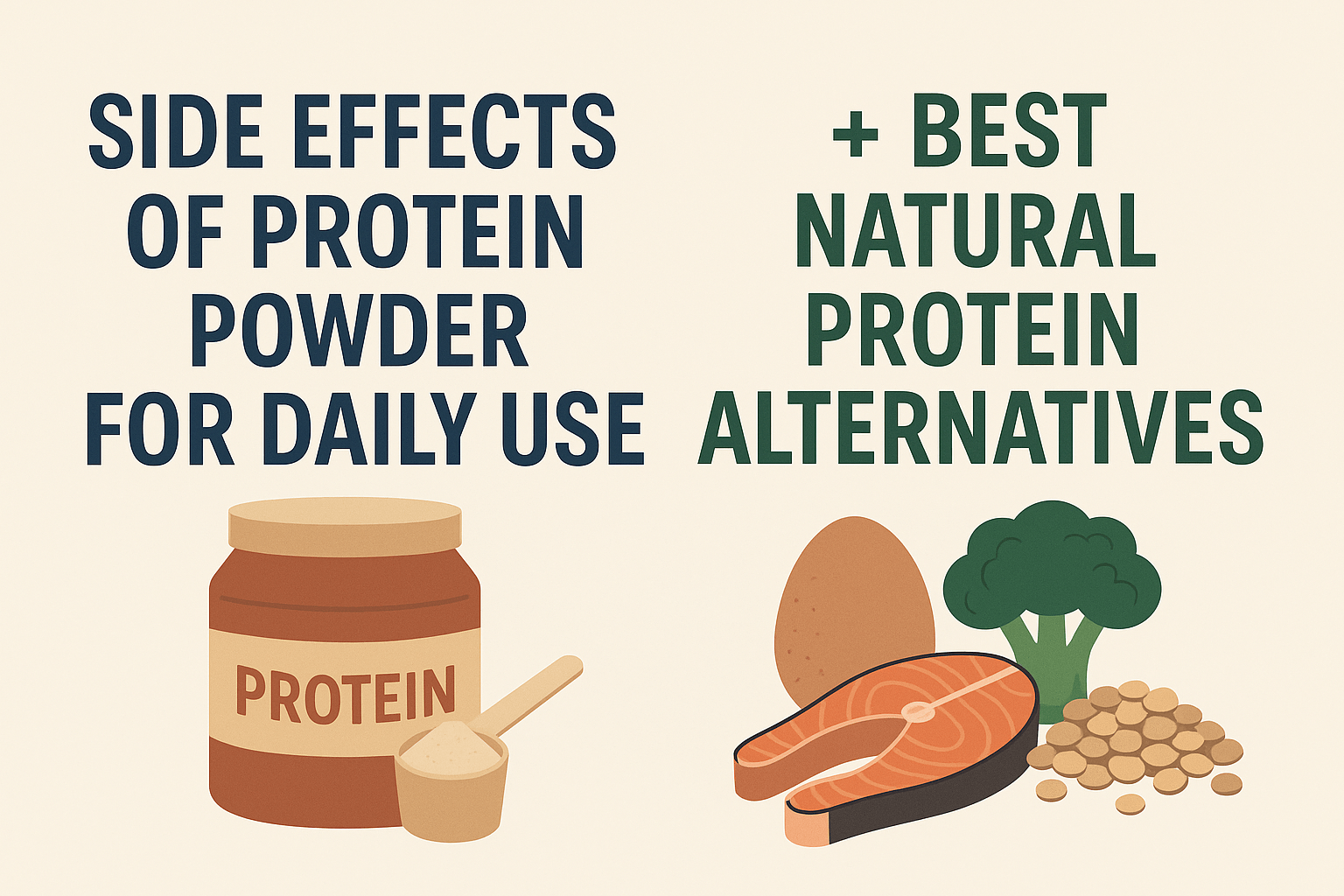
Exercise Daily _ Best Ways To Encourage Daily Movement For Challenged Youth Programs
Encouraging daily movement among challenged youth is not just a noble goal; it is a necessity. With increasing rates of obesity and sedentary lifestyles, especially among vulnerable populations, the need for effective strategies to promote physical activity is more pressing than ever. This article explores the best ways to encourage daily movement for challenged youth programs, addressing common misconceptions and presenting evidence-based approaches.
The Importance of Daily Movement
Daily movement is essential for physical, emotional, and social well-being. According to the World Health Organization (WHO), regular physical activity in children and adolescents has numerous benefits, including improved cardiovascular fitness, stronger bones, and better mental health (WHO, 2020). However, many challenged youth face barriers that inhibit their ability to engage in daily exercise.
“Physical activity is fundamental to the growth and development of children and adolescents.” – WHO
Understanding the Barriers to Movement
Before we can effectively encourage movement, we must understand the barriers that challenged youth encounter. Common obstacles include:
- Lack of Access: Many youth do not have access to safe spaces for physical activity.
- Financial Constraints: Economic limitations can restrict participation in organized sports or activities.
- Social Stigma: Fear of judgment may prevent youth from engaging in physical activities.
- Health Issues: Physical or mental health conditions can limit a youth’s ability to participate in certain activities.
Addressing these barriers is crucial for developing effective programs that promote movement.
Evidence-Based Strategies to Encourage Daily Movement
1. Create Inclusive Programs
Inclusion is key. Programs designed for challenged youth should embrace diversity and accommodate varying abilities. Research indicates that inclusive programs foster a sense of belonging and increase participation rates (Sharma et al., 2019). By offering activities suitable for all skill levels, we can ensure that every youth feels welcome.
2. Utilize Technology to Promote Engagement
In today’s digital age, technology can be an effective tool to encourage movement. Apps and wearables can track physical activity, set goals, and even provide rewards for reaching milestones. A study from the National Institutes of Health (NIH) found that using mobile apps increased physical activity levels among youth by 20% (NIH, 2021).
3. Implement Peer Mentorship Programs
Peer mentorship can be a powerful motivator. Youth are more likely to engage in physical activities when they have a peer to encourage them. Establishing mentorship programs where older youth support younger ones in physical activities can create a positive environment that fosters movement.
4. Focus on Fun, Not Competition
Many youth programs emphasize competition, which can alienate those who struggle with physical activities. Shifting the focus from competition to enjoyment can make a significant difference. Activities should be designed to be fun and engaging, allowing youth to explore movement without the pressure of performance.

5. Create Safe Environments
Safety is paramount. Programs must ensure that the environments in which youth engage in physical activity are safe and accessible. This includes proper supervision, safe equipment, and suitable facilities. According to a study published in the Journal of Physical Activity and Health, safe environments significantly increase participation rates in physical activities among youth (Gordon-Larsen et al., 2010).
6. Encourage Family Involvement
Family plays a crucial role in encouraging movement. Programs that involve families can lead to increased physical activity levels among youth. Family-oriented activities not only promote movement but also strengthen family bonds. Parents who engage in physical activities with their children set a positive example, reinforcing the importance of an active lifestyle.
Counterarguments: What Most People Get Wrong
While many advocate for increased physical activity among youth, not everyone agrees on how to achieve this. Some argue that structured physical education in schools is sufficient and that additional programs are unnecessary. However, this perspective overlooks the fact that many challenged youth do not thrive in traditional educational environments. Studies show that extracurricular programs tailored to youth with specific challenges can significantly enhance their physical activity levels (Duncan et al., 2018).
Another common misconception is that youth must engage in organized sports to benefit from movement. This belief can alienate those who do not enjoy competitive sports. Research indicates that unstructured play and recreational activities are equally beneficial in promoting health and well-being (Fjørtoft, 2004).
Real-World Examples of Successful Programs
Several programs worldwide serve as models for encouraging daily movement among challenged youth:
- Special Olympics: This organization provides year-round sports training and athletic competition for children and adults with intellectual disabilities.
- Playworks: Focused on improving recess, Playworks engages students in physical activity through games that promote teamwork and inclusion.
- Let’s Move!: An initiative by former First Lady Michelle Obama aimed at reducing childhood obesity through physical activity and healthy eating.
These programs illustrate the effectiveness of tailored approaches that meet the unique needs of challenged youth.
Integrating Nutrition for Holistic Health
Physical activity is only one part of the equation. Nutrition plays a crucial role in overall health and well-being. Programs should incorporate nutrition education to provide youth with the knowledge they need to make healthy food choices. This holistic approach can enhance the benefits of physical activity, leading to improved health outcomes.

A Simple Recipe for Energy-Boosting Snacks
One effective way to promote healthy eating is by providing easy, nutritious recipes. Here’s a simple energy-boosting snack recipe that youth can prepare themselves:
Peanut Butter Banana Wrap
- 1 whole wheat tortilla
- 2 tablespoons peanut butter
- 1 banana
- Honey (optional)
- Cinnamon (optional)
Instructions:
- Spread peanut butter evenly over the tortilla.
- Place the banana in the center of the tortilla.
- Drizzle honey and sprinkle cinnamon if desired.
- Roll the tortilla tightly and slice it into bite-sized pieces.
This snack is not only delicious but also provides sustained energy for physical activities.
Conclusion: The Path Forward
Encouraging daily movement among challenged youth requires a multifaceted approach that addresses barriers, promotes inclusivity, and integrates nutrition. By implementing evidence-based strategies and encouraging family involvement, we can create environments where all youth feel empowered to move.
As we move forward, it’s essential to remember that every small step counts. By fostering a culture of movement, we can help challenged youth lead healthier, more active lives. The best ways to encourage daily movement for challenged youth programs are not just about exercise; they are about creating opportunities for joy, connection, and growth.
- Sharma, R., et al. (2019). Inclusion in Physical Activity Programs for Youth.
- NIH. (2021). The Role of Mobile Apps in Promoting Physical Activity.
- Gordon-Larsen, P., et al. (2010). Physical Activity and Youth: A Review.
- Duncan, M. J., et al. (2018). The Influence of Structured Physical Activities on Youth.
- Fjørtoft, I. (2004). The Importance of Unstructured Play in Physical Activity.
- World Health Organization. (2020). Physical Activity Factsheet.
These are for informational purposes only. Consult your doctor and do your own research before use.
Eat daily, sleep daily, exercise daily.




